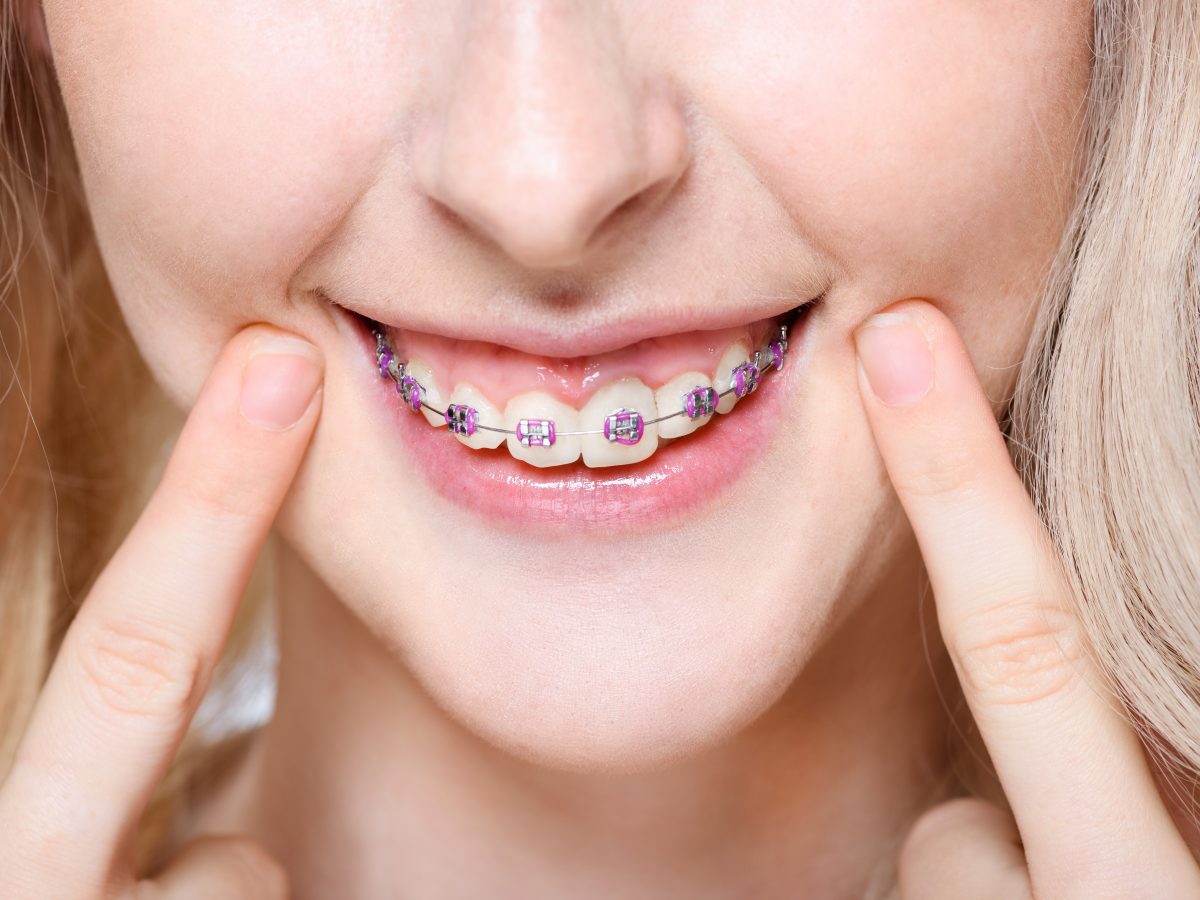Why Cumming Invisalign is the Perfect Option for a Discreet Orthodontic Solution
Why Cumming Invisalign is the Perfect Option for a Discreet Orthodontic Solution
Blog Article
Comprehensive Guide to Orthodontics Procedures for Fixing Dental Imbalances
In the realm of orthodontics, the journey to achieving a flawlessly straightened smile includes a myriad of procedures tailored to correct oral imbalances. From conventional braces to invisible aligners and also medical choices, the area of orthodontics provides a range of solutions to address differing degrees of dental abnormalities. Comprehending the complexities of each procedure, including their mechanisms, advantages, and possible disadvantages, is important in making notified decisions about one's orthodontic therapy. As we navigate through the thorough guide to orthodontic treatments for dealing with dental misalignments, the complex information of each approach will certainly unravel, shedding light on the course toward a unified and practical oral positioning.
Orthodontic Procedures Overview

Normal modifications and tracking are essential parts of orthodontic therapy to make certain development is on track and to make any necessary alterations along the method. By going through orthodontic procedures, patients can not just accomplish a straighter grin however likewise boost their general oral wellness and feature.
Traditional Dental Braces: Exactly How They Function
When thinking about orthodontic therapies for dental misalignments, typical braces attract attention as a time-tested technique for correcting teeth positioning. Standard dental braces include braces, cords, and bands that collaborate to use continuous pressure on the teeth, slowly relocating them right into the desired placement. The brackets are affixed to the teeth utilizing an unique adhesive, and the cords are threaded through the brackets. By adjusting the tension of the cords, orthodontists can control the direction and pressure used to each tooth, leading them into appropriate placement in time.
One key aspect of just how typical dental braces work is the process of bone renovation. As pressure is related to the teeth via the braces, the bone surrounding the teeth is reshaped to sustain the new tooth positions. This remodeling is important for the long-term security of the remedied positioning. Patients will certainly require normal modifications at the orthodontist's office to make certain the dental braces remain to use the correct stress for efficient teeth movement.
Invisible Aligners: Benefits And Drawbacks
These clear, personalized trays are practically unseen when put on, making them an enticing option for individuals looking for a more visually pleasing orthodontic treatment. Individuals can eliminate the aligners before eating or brushing their teeth, minimizing the threat of food obtaining stuck in the device and simplifying the cleaning process.

Surgical Orthodontic Options
Surgical interventions in orthodontics present viable alternatives for attending to intricate dental misalignments that might not be successfully dealt with through standard orthodontic blog treatments. While unseen aligners and standard braces can correct several orthodontic concerns, certain instances require medical treatment to accomplish optimum outcomes. Surgical orthodontic options are generally advised for severe malocclusions, considerable jaw discrepancies, and instances where the underlying bone structure needs alteration to achieve appropriate placement.
One typical medical orthodontic treatment is orthognathic surgery, which includes repositioning the jaws to remedy useful problems such as problem eating or speaking. This surgical procedure is frequently done in cooperation with an orthodontist that helps line up the teeth prior to and after the treatment. Surgical orthodontics might additionally entail procedures to expose influenced teeth, get rid of excess gum tissue, or reshape the jawbone to produce a much more unified face account.
Prior to considering surgical orthodontic choices, individuals go through a detailed analysis to establish the need and prospective benefits of such interventions. cumming aligners. While surgery may seem difficult, it can substantially enhance both the function and aesthetic appeals of the smile in situations where traditional orthodontic treatments fail
Retainers and Post-Treatment Care

Post-treatment care entails adhering to the orthodontist's guidelines carefully. This may include proper dental health methods, attending follow-up appointments, and putting on the retainers as recommended. Failure to comply with post-treatment treatment guidelines can lead to relapse, where the teeth slowly move back in the direction of their initial settings. Constant retainer wear, excellent dental health, and routine oral examinations are necessary for keeping the results accomplished via orthodontic surgical treatment and making certain the lasting stability of the fixed teeth oral positioning.
Conclusion
Finally, orthodontic procedures use various choices for correcting oral imbalances. Standard braces utilize steel brackets and cables to change teeth right into correct alignment. Undetectable aligners provide a more very discreet choice but may not appropriate for all instances. Surgical orthodontic alternatives are available for a lot more severe misalignments. Retainers are commonly used post-treatment to preserve the brand-new placement. On the whole, orthodontic procedures can efficiently enhance dental wellness and visual look.
As we navigate with the detailed overview to orthodontic treatments for remedying oral imbalances, the intricate details of each technique will certainly unravel, dropping light on the course towards a unified and useful oral placement. - orthodontist
One of the most common orthodontic treatments is the use of dental braces, which are composed of steel braces and look at this now cables that use gentle pressure to slowly move teeth right into the desired position.When taking into consideration orthodontic treatments for oral imbalances, traditional braces stand out as a reliable method for fixing teeth placing. In addition, undetectable aligners might not be appropriate for complicated orthodontic issues that call for more significant teeth activity, as they are usually suggested for light to moderate situations. Retainers are customized orthodontic devices created to hold teeth in their corrected positions after the completion of orthodontic treatment.
Report this page